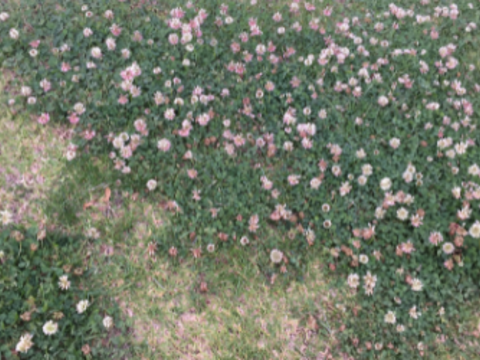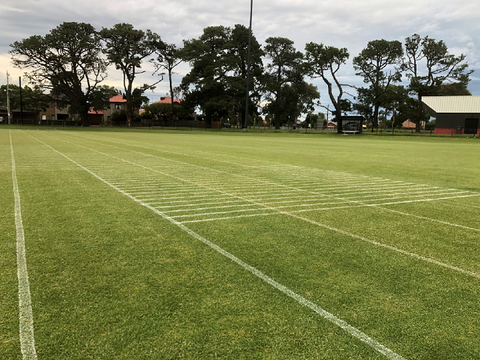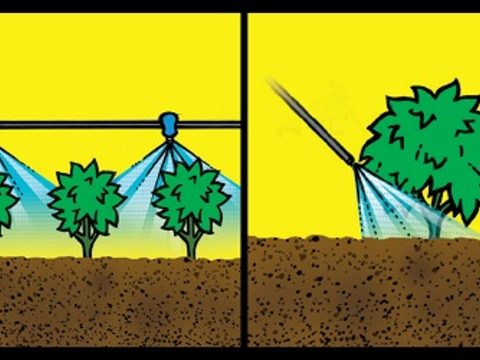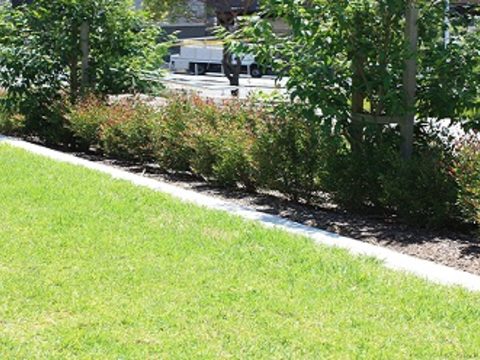Management practices that can save time and money
When budgets are tight and time is at a premium, developing an effective management practice is crucial for keeping green spaces in good shape.
This is especially true given Turf Managers are increasingly being asked to do more with less: to save on maintenance costs without compromising turf quality. One way to achieve this is by adding consistent turf growth regulation to your management practice.
How does growth regulation work?
Applying a growth regulator like Syngenta’s PRIMO MAXX to a green space is a pre-emptive move that pays dividends in the long run. The product works by temporarily blocking the plant’s ability to produce a growth hormone called gibberellic acid. This suppresses the plant’s vertical growth rate by shortening growth between its nodes. Energy is instead diverted into lateral growth, which creates denser, more lush-looking plants. Greater root production is also encouraged, resulting in improved root zone stability and healthier turf.
Using a growth regulator has many practical benefits for green space maintenance. These include:
Reduced maintenance costs
A growth regulator like PRIMO MAXX can lift the standard of a green space at a lower overall cost.
Healthier and more resilient turf better withstands heavy usage and weather events like drought, which saves on the cost and hassle of repair.
A slower growth rate also means less input is required to achieve great-looking turf – in particular, less frequent mowing. A significant amount of council maintenance funds is poured into cutting grass on nature strips, sports fields and local parks. By reducing the need to mow, a growth regulator can cut down on clipping yield and save money on labour, machinery wear and tear, fuel usage and traffic management expenses. It also redeems time ordinarily spent on mowing schedules, enabling councils to better service larger areas with fewer staff or contractors, to develop a larger portfolio of work.
Sports field managers benefit too because, as well as creating turf that is more resilient to wear and tear, growth regulators can also halve the time and expense of marking lines on sports fields. Independent trials have shown mixing line-marking paints with PRIMO MAXX can retain visibility for up to 50% longer compared to line marking alone.
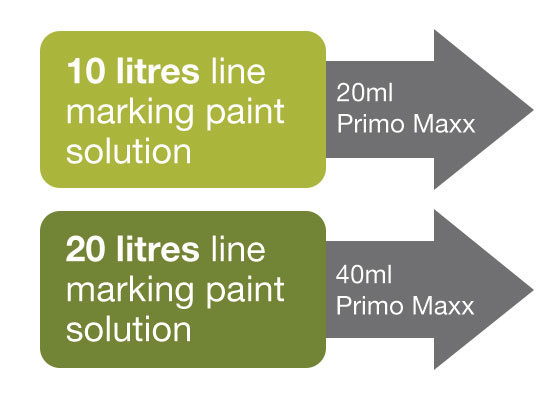
Reduce risk of work health and safety liability
Minimising the need to mow in inaccessible or potentially dangerous areas reduces the risk of accident and injury to grounds staff. It also reduces any public health and safety issues from maintenance activity (for example, flying debris) in public spaces which can also cause damage to property.
As a bonus, less mowing also means less noise pollution and disturbance to the public and the surrounding environment.
Conserve natural resources
Going green is fast becoming a high priority for councils and green space owners, especially as more organisations pledge to go carbon neutral. Using a growth regulator like PRIMO MAXX can help organisations reduce their emissions by increasing spray intervals and minimising input requirements such as mowing and clippings disposal.
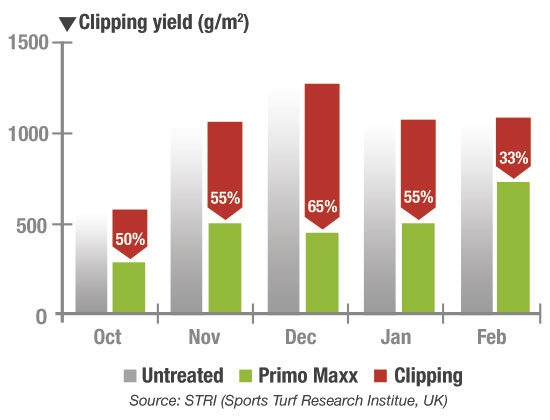
Research has also shown PRIMO MAXX improves a turf plant’s water management efficiency, leading to reduced watering requirements. According to Sydney Water, council reserves and sports fields in Sydney use over eight million litres of water a day for irrigation. Other capital cities would use comparable amounts. Growth regulation can cut down on water usage by creating plants that thrive on less water, allowing councils to use natural resources more efficiently while caring for their green spaces.
The value of growth regulation
If growth suppression is currently missing from your maintenance practice, PRIMO MAXX is worth considering as a long-established and trusted growth regulator that is ideal for use in green spaces, parks and road sides. The benefits are numerous with slower growth, less mowing, less workplace health and safety liability and a maintenance schedule that’s better for the environment and the public.
It’s a crucial part of an effective management practice that will not only cut down on time and money, but also contribute to providing a safe and enjoyable environment for the community.
SaveSave
SaveSave

